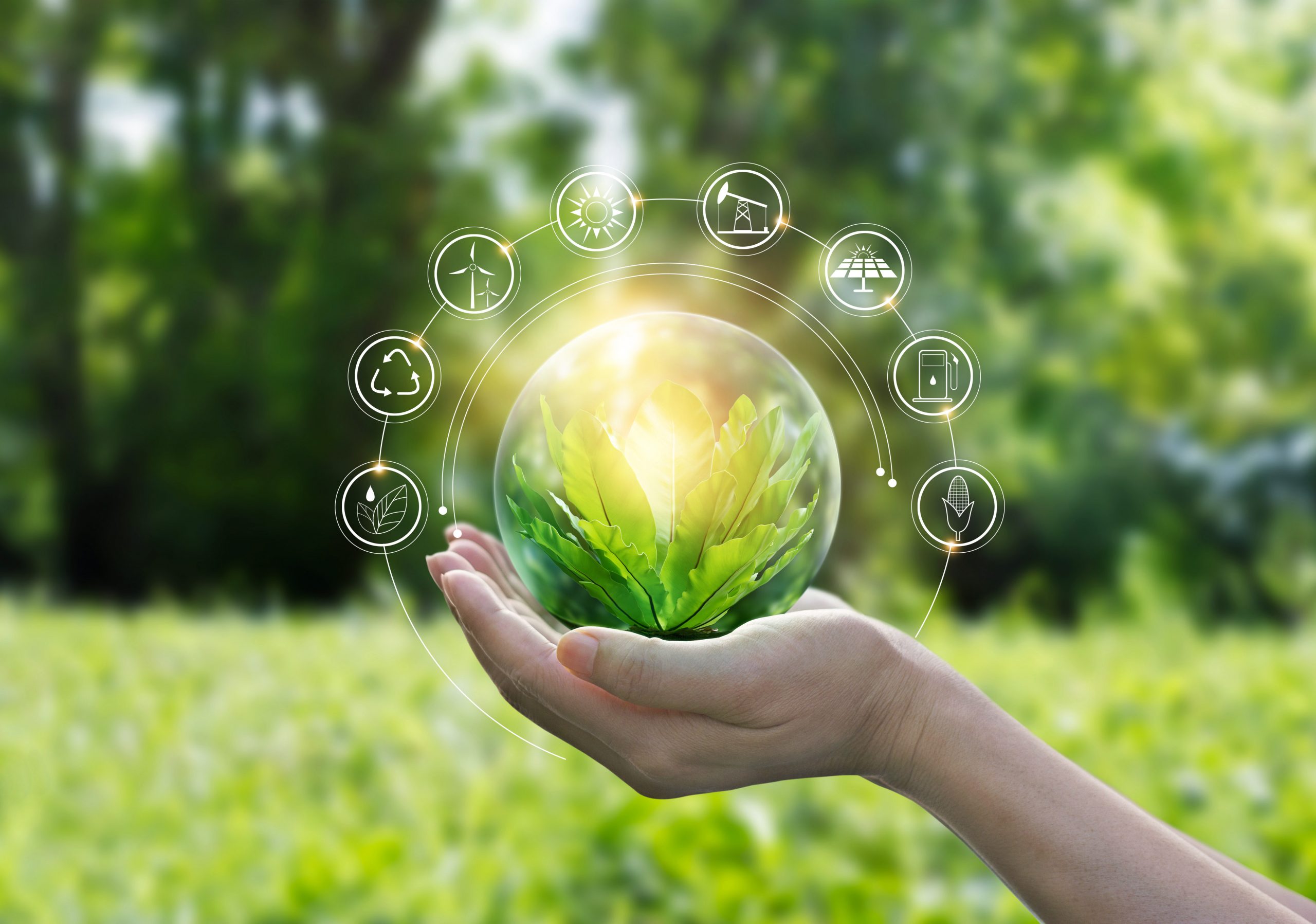



August 27, 2018



Energy drives the world forward. Conveniently, humanity has been sitting on vast energy sources in the form of fossil fuels; extracting and purifying these deposits have allowed humans to harvest the energy they store for centuries. For example, fossil fuels such as coal drove the industrial revolution, leading to the greatest sustained advancement in the general population’s standard of living in human history.
Fossil fuels and climate change
The world’s reliance on fossil fuels has perpetually increased since the start of the 20th century. The figure below illustrates global fossil fuel consumption over the last 120 years. When fossil fuels or hydrocarbons are burned, they release greenhouse gases into the atmosphere.
Although the validity of climate change has been intensely debated over many decades, the scientific evidence for warming of the climate system is unequivocal. Climate change has reduced the size of glaciers, shifted plant and animal ranges, and caused more intense heat waves.Sea levels are rising due to melting ice caps, which if continued, can cause major damage to coastline cities and reduce the salinity of the ocean, which can have irreversible impacts on marine life. Additionally, worldwide net annual costs will increase over time as temperature increases, primarily due to changes in regional habitats. Evidently, urgent action is absolutely necessary.
Li-ion batteries are rechargeable batteries that have seen massive market growth through the 21st century. Since Sony’s release of the first commercial li-ion battery in 1991, li-ion batteries have now been integrated in millions of consumer electronics, and are increasingly being utilized in automotive, industrial, and stationary energy storage applications.
Numerous companies are addressing the storage challenge associated with renewable energy sources through li-ion battery technology. Tesla for example has begun developments on various energy storage solutions, ranging from small to large scale. Tesla’s Powerwall is a small-scale li-ion energy storage solution used in conjunction with solar panels, as shown below.
Similarly, companies such as AES Energy Storage have also begun developing li-ion battery solutions for the storage of other renewable energies. In 2017, AES integrated a 30 MW li-ion battery-based energy storage site in San Diego, capable of powering 20,000 homes for up to four hours, for the storing of wind and solar energy produced throughout the region. AES recognized that in some cases, there are certain periods where California produces more renewable energy than it uses and acknowledged that a storage solution was essential to ensure that this energy production was not being wasted. AES connects their battery system directly to the grid, providing supplementary electricity to Californians during peak periods and minimizing blackouts using excess energy stored in their batteries during off-peak times.
By the end of 2017, the USA reached approximately 1,080 MWh total of li-ion energy storage systems deployed, which is energy capacity equivalent to the powering 356,400 homes for one hour. 2017 alone saw 431 MWh deployed (up 27% from 2016), and 2018 expects to see upwards of 1,200 MWh of additional energy storage installed. Various states have introduced motions to establish target storage capacities as well – New York, for example, has motioned to establish 1.5 GW of energy storage capacity by 2025. Throughout the next decade, worldwide projections indicate 40% compound annual growth, with a total of 80 GW of energy storage expected to be added to the current 2 GW worldwide today.
The table below provides a cost comparison of li-ion batteries in stationary storage relative to other storage technologies, illustrating the economic drivers that enable li-ion batteries to be competitive in many stationary applications.
Lithium-ion batteries and renewable energy – enabling a closed loop supply chain
In addition to the rapid growth the li-ion battery industry is experiencing in applications/segments such as electric vehicles, stationary energy storage is evidently becoming a substantial demand driver. As a result, there is an impending ‘tsunami’ of spent li-ion batteries that will enter the market through a broad swath of applications, adding to the existing robust base of spent batteries.
An advanced resource recovery/recycling solution is required to appropriately handle li-ion batteries across all applications. To solve this urgent global challenge, Li-Cycle™ has developed an innovative, closed loop, safe, low cost, and sustainable industrial processing technology that can recover 80-100% of the resources from all spent li-ion batteries.
Li-Cycle™ is on a mission to enable the continued growth and development of an electrified world powered by renewable energy. Alongside, the company is dedicated to enabling a completely transparent and ethical supply chain for 100% recycled critical materials (e.g. cobalt, nickel, and much more). In turn, Li-Cycle™ aims to support the global effort to reduce greenhouse gas emissions and ultimately slow and reverse the effects of climate change.
